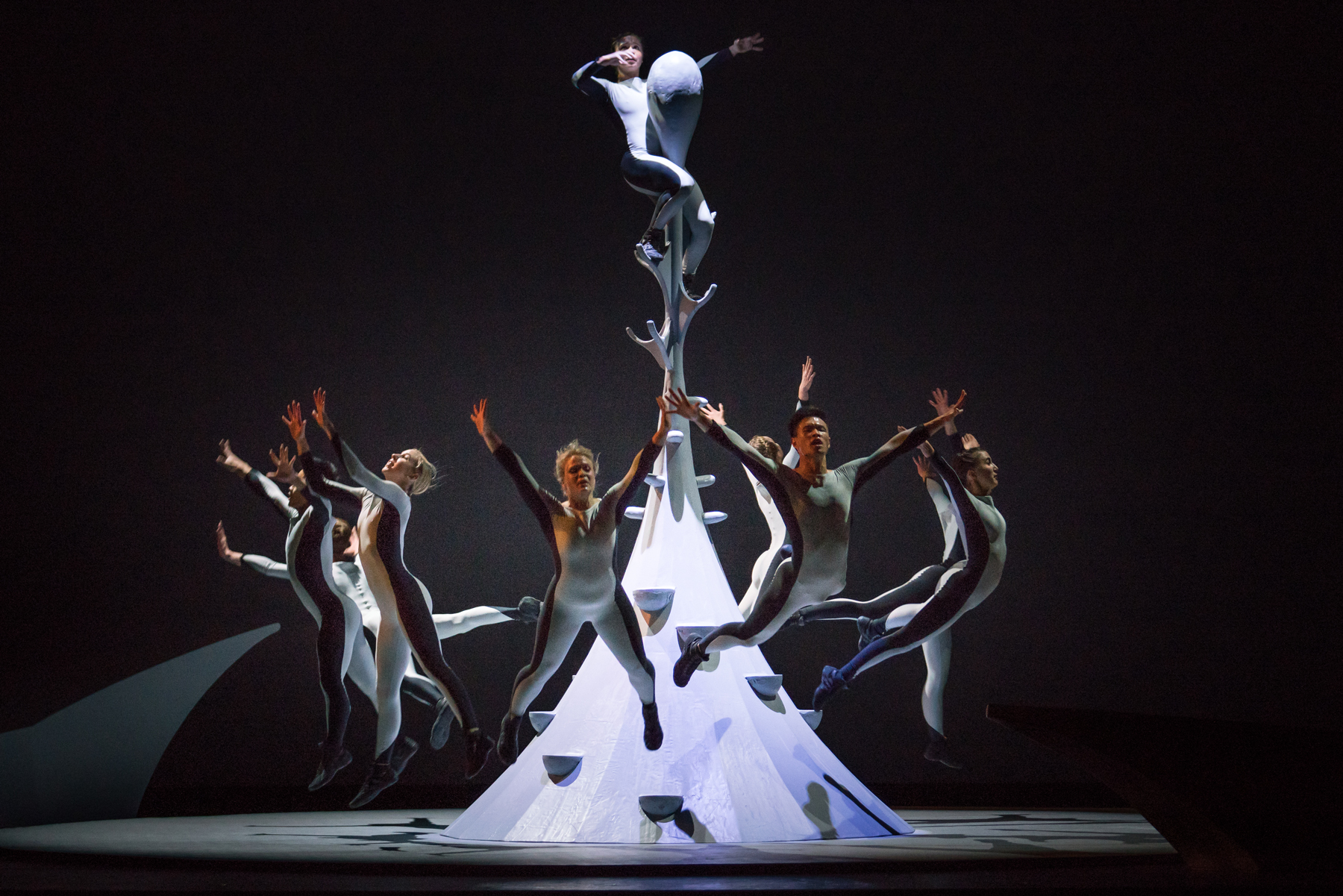It's a Myth That Arts Organizations Don't Merge Well. Case Study: SMU DataArts

Myth: Arts organizations don't merge well.
Truth: When strategy, leadership and finances are aligned, unity has the potential to be catalytic.
Last week, two national arts service organizations – the National Center for Arts Research (NCAR) at Southern Methodist University (SMU) and DataArts – announced their merger, becoming SMU DataArts.
As a longtime trustee of DataArts and a member of the advisory committee for NCAR, I’m excited about the prospect of stronger data tools and resources for arts and culture organizations. I also see the combination as an example to the sector of a merger dance well choreographed.
What factors made it possible for these two organizations to unite? I highlight six here.
Clear, compelling strategic fit and complementary products – In the words, of NCAR’s Director, Zannie Voss: “We complete each other.” DataArts has been a primary source of financial and program data for NCAR since the research center’s launch in 2013. NCAR brings to the partnership a deep bench of professional and graduate student researchers who help the field make sense of this information. Both organizations create educational resources and data management tools that arts leaders and grantmakers use to derive insights and inform policies and programs. SMU DataArts has the potential to expand the field’s engagement with data, by amplifying the role of the arts in society and strengthening the everyday decisions of individual arts groups and their supporters.
Emergence of one clear leader: Merger explorations often end almost as quickly as they start over questions of leadership. In arts organizations, in particular, mission and vision can be inseparable from a charismatic leader who may not see exit as a planned or desired legacy. At DataArts, we didn’t face this obstacle. The organization’s visionary leader, Beth Tuttle – who shepherded DataArts through a spin-off from the Pew Charitable Foundation and spearheaded its growth into a national service organization – had already moved on as part of a planned transition. In its interim leader, DataArts found an impassioned individual to explore future business scenarios, which led the organization to a planned combination with NCAR. As merger discussions progressed, the Board embraced NCAR’s Director, Zannie Voss, as the clear future leader of our combined entity.
Board buy-in and participation: In strategic planning discussions and the ensuing merger exploration, DataArts’ board members worked double duty. In small committees, we explored strategic scenarios, probed business assumptions, and considered other leadership possibilities. As the merger became an exciting and feasible prospect, our current and former Board Chairs led a deeply inquisitive process in collaboration with NCAR and its parent, SMU. The merger was never a foregone conclusion for our board – but the success of the process gave us confidence in the potential of the combination. At NCAR, the advisory board participated in a set of similarly robust analyses and conversations. NCAR’s Director has invited DataArts’ entire board to become advisors of the combined organization – a testament to our shared vision of a data empowered sector.
Willingness to make tough decisions: When combining, organizations have a responsibility to look hard at overlapping costs. Often, they find redundant functions in marketing, finance, fundraising, and technology. Yet nonprofits understandably go to great lengths to avoid separating from dedicated, mission-driven staff. While preserving the status quo feels just, it carries real risks. Staff can become demoralized when their job responsibilities seem unclear or duplicative. Finances can weaken when the combined revenue from two partners falls short of merged costs. As part of the NCAR-DataArts combination, the two organizations made changes to their staff structures, for the long-term health of the mission. These changes were far from easy. Leadership handled them with compassion: separated staff received significant notice, generous severance packages, job leads from board members, professional development support, and time on the job for interviews.
Access to change capital: As national intermediaries, DataArts and NCAR have benefited from the generosity of national and local grantmakers at pivotal moments of transition and growth. During this next big moment of change, the combined organization will need to raise multi-year, flexible capital as it climbs an inevitable learning curve that involves integrating programs, cultures, skills, technologies, and spaces. Change capital can pay for one-time merger-related expenses in areas such as strategy consulting, communications, severance, etc. It can also give a merged organization a few years of “runway” to test or expand new program and business strategies before they sustain themselves. Through a fundraising campaign targeting individuals and foundations, the two institutions are making progress toward their change capital goal.
Complementary business models, stable balance sheets: Frequently, organizations seek to merge out of financial desperation; one financially weak party gets subsumed by a somewhat less weak partner. The result is usually a larger, weak organization. In the case of this merger, NCAR is backed by the financial weight of a major university; it also has a strong pipeline of individual donors who are eager to support its research. DataArts brings to the partnership strong relationships with local and national grantmakers and cash reserves built through regular planned surpluses and special fundraising. Certainly, the two organizations will continue to face real business challenges in a field that needs research and data insights but can’t fully charge cash-strapped cultural organizations for data services. During integration, SMU DataArts must continue to seek creative ways to build paying demand for new or improved tools and resources, thereby identifying recurring reliable earned and contributed revenue to sustain itself for the long term.
Undoubtedly, SMU DataArts will encounter many surprises in the few years ahead. In my experience advising organizations on financial strategy and planning, I see that even the best conceived plans rarely go according to plan. But I’m also optimistic that these two organizations have emerged from their data-driven courtship and engagement ready to create a family of data-savvy cultural leaders.